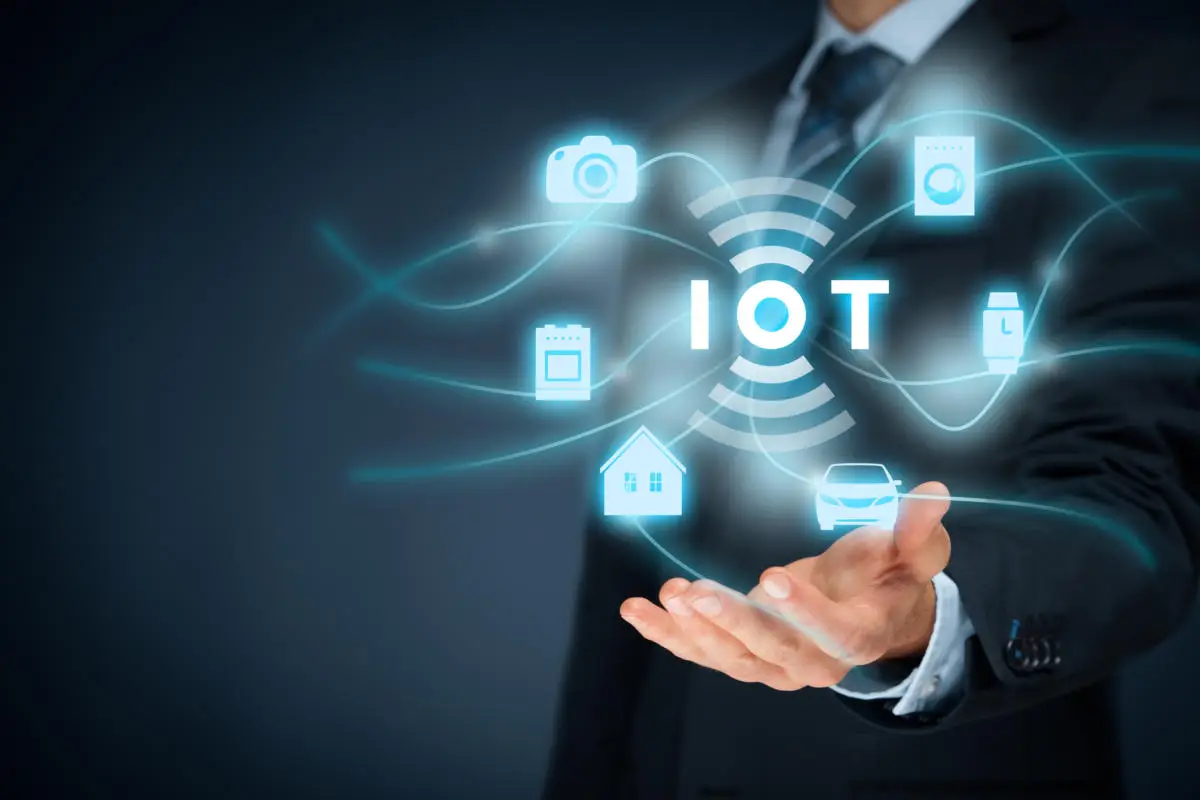
Understanding IoT Data Management
In an increasingly interconnected world, IoT (Internet of Things) has become an integral part of many businesses. As the reliance on IoT devices grows, so too does the amount of data these devices collect and produce. This precipitates the need for effective data management strategies considering data volume, velocity, and security concerns.
Long-term implications
The impact of IoT on businesses is anticipated to increase as technology advances. This implies that there’ll be an increase in the volume and velocity of data generated. Effectively managing this data becomes increasingly crucial for businesses to leverage this data for insights, business intelligence, and critical decision making.
Potential Future Developments
Ideally, advancements in IoT technologies may lead to increased artificial intelligence and machine learning applications in data management. Tools capable of handling large data volumes at high speed while maintaining data security become a necessity.
Actionable Advice
- Adopt Advanced Data Management Tools: With the anticipated growth in data volume and velocity, businesses should consider investing in advanced data management tools that can effectively process and analyze massive data streams.
- Invest in Security: The projected increase in data volume and velocity also brings with it heightened security risks. It’s advisable for businesses to invest in robust security solutions to protect their data from breaches and other threats.
- Keep an Eye on Future Developments: Given the fast-paced nature of IoT technology, businesses need to stay informed about future developments. This will allow them to adapt their data management strategies accordingly and maintain a competitive edge.
In conclusion, as the influence of IoT continues to grow, so too does the importance of effective data management strategies. It’s crucial for businesses to prioritize data management, security, and continuously stay updated on technological advancements in the IoT space.
